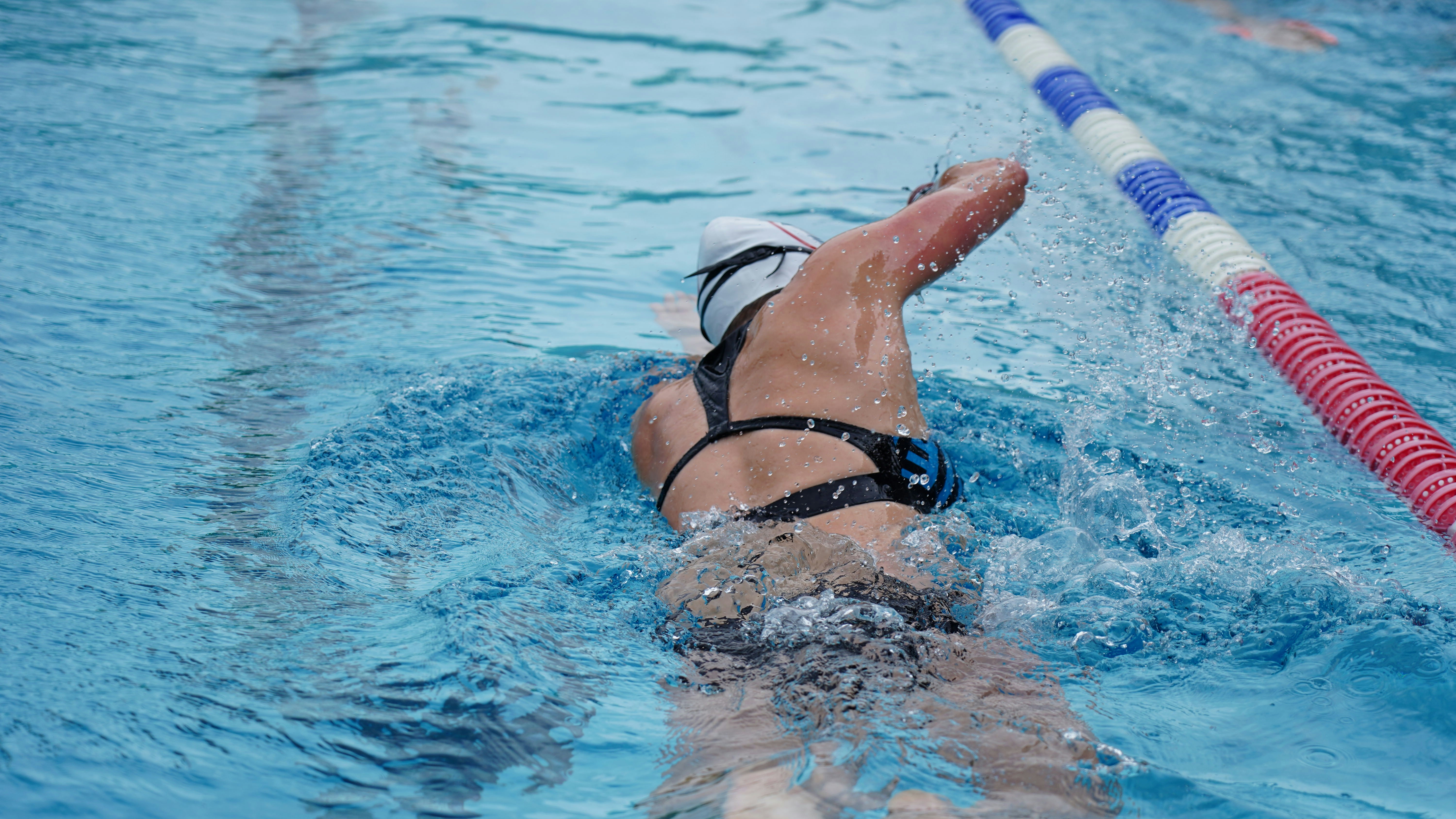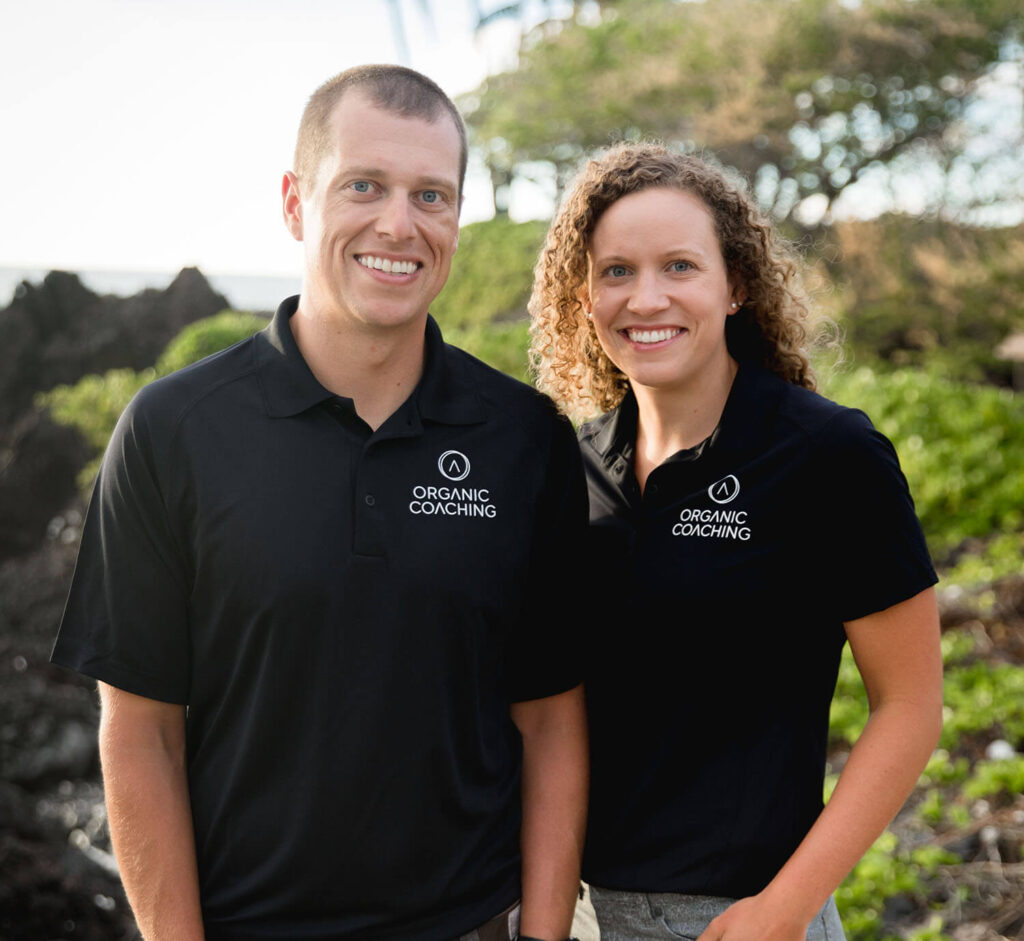
When I started swimming, I like many other new swimmers, believed it was a fairly simple sport and all I needed was something to wear and a pair of goggles. For a while, I got away with it, however, the more time I spent in the pool the more I learned that there is a lot of equipment out there that can help improve your swimming abilities. Since then, I’ve invested in some really great swim gear that does in fact improve performance and I encourage our athletes to do the same.
If you’re newer to swim or haven’t invested in some quality swim gear yet, then this is for you. I’ve put together a go-to list of some of the items you can use while swimming and how they can help to improve your experience and performance as a swimmer.

Never underestimate the importance of a good pair of swim goggles. This is by far the most important piece of gear you can invest in. Everyone needs to be able to see so they know where they are going. It’s very important to have the right goggles for you. Since everyone’s facial structure is different, the right choice for you is going to be a very personal choice, you want to find ones that are comfortable and don’t leak. We’re not going to recommend “the best pair of goggles” because the goggles that work for me may not work for you. So you may have to try several different pairs before you find the perfect ones for you, but it’s worth the troubleshooting!
With technology always improving it was only a matter of time before we saw smart goggles. These smart goggles will give you live data you can see in the goggles as you are swimming, like pace and distance. So far these are primarily used in the pool, but some companies are starting to make them usable for open water swims.
Using a swim cap has many benefits. They reduce drag making you more hydrodynamic. A cap keeps hair out of your face and can help protect your hair, scalp, and ears from pool water. It also helps to hold earplugs in. And to the benefit of everyone else, swim caps help to keep pools cleaner. While open water swimming, caps can make you more visible. You can also use neoprene swim caps for colder water swims to help keep you warmer.
Earplugs can help prevent swimmer’s ear, which is a big win since nobody wants to deal with unnecessary pain. They also help prevent your ability to hear when swimming which cuts down on distractions. Earplugs can also help overcome motion sickness if that’s something you struggle with.
While this is not an ideal piece of equipment to use it does have its place. Some find it helpful to use while swimming with a snorkel. Others get relief from their allergies while open water swimming. The problem with using them is breathing becomes less efficient.
There are snorkels made specifically for freestyle swimming. They run from your mouth straight up the middle of your face and have a band that goes around your head to hold in place. This style of snorkel helps you concentrate on form without having to think about taking a breath. They also help you work on your head position which helps you swim with a straighter body position.
Kickboards have a few different purposes. One: they help you focus on your kick form. Two: you can do drills to focus on leg and core strength. Three: you can use it to give your arms a little break mid-workout.
For many, this item can be a favorite. Pull buoys help you learn body position. It helps to keep the body elevated which helps reduce drag. They also help you focus on stroke form without worrying about kicking. Using a pull buoy is simple, just place it between your thighs and hold it in place.
Using paddles slightly bigger than your hand will create extra resistance and make you stronger. Paddles will help keep a high elbow and work the forearm into the stroke. If you wear just the band on your finger or use bandless paddles they may come off if you’re pulling your hand out of water too early in the finish of your stroke. This teaches you how to have a better form. Avoid getting paddles that are too big as they can cause too much strain and possibly cause an injury.
Fins can be used to improve kick technique. They improve ankle flexibility and help improve stroke mechanics by letting you focus more on the stroke and less on the kick. They also help build strength in your legs and hips.
Probably the most expensive piece of swim equipment on this list is the wetsuit. But come race day these can be very beneficial to help keep you warm and add buoyancy. The added buoyancy will help improve your line in the water making you more hydrodynamic. Which will make you faster.
These have roughly the same effect as using a pull buoy, but you wear them and can still kick. They help elevate the hips making you streamlined. You can also focus more on stroke. These can be worn race day provided the race is wetsuit legal.
You wear this item around your ankles. Primarily it helps increase awareness of your body position. It also helps sync the upper and lower body by making you engage core muscles to “connect” the upper and lower body. And helps strengthen the core.
Used for open water swims. Swim buoys help make you more viable and can give you something to hold onto for a little break. Some of these have dry storage. Even when using one of these you should never swim alone.
This can be used in a short pool. They hold you in place so you don’t have any forward movement. Beneficial if you only have access to a small pool and can’t make it to a gym pool.
Even though you may not feel like you are sweating, you are. It’s beneficial to keep a water bottle on the edge of the pool to stay hydrated. (Are you sure you’re properly hydrating for your body’s needs? Coach Tyler thought he was until he had sodium testing done, here’s what he learned).
Ultimately the gear you decide to invest in is up to you! You likely don’t need all of this, you could likely borrow some, and some of this gear is helpful for some athletes and not for others. Use this list as a starting point. Think about what swim gear you do have, and what you’re currently working on improving. Is there a piece of gear that would make training more enjoyable or better help you move towards your goal?
Start small, and happy swimming!
-Coach David


Carly and Tyler Guggemos built Organic Coaching in 2014 with a simple philosophy that works. The idea is to take what you have and grow it to get faster, fitter and stronger. And to do it with the time you have – not the time you wish you had.

For athletes who are ready to take their training to the next level while still thriving and succeeding in their professional and family life.
Copyright © 2024 Organic Coaching LLC